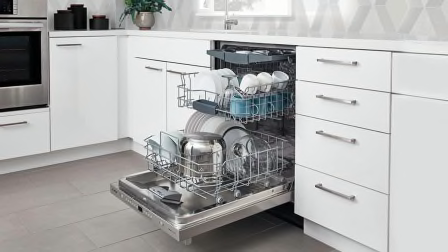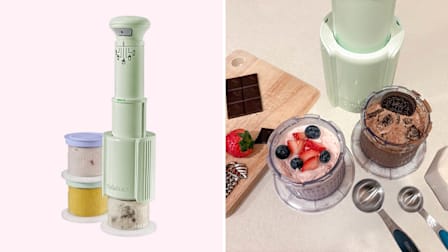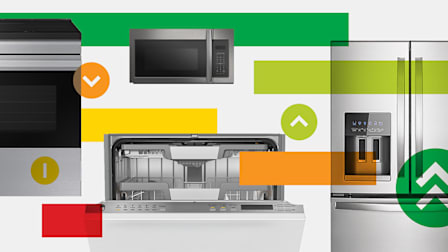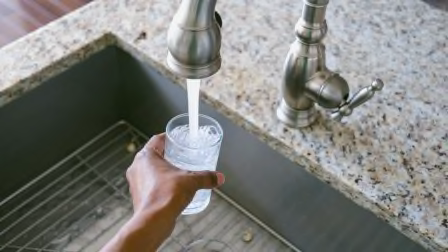Best Food Scales
We tested 10 food scales—including models from Escali, Oxo, and Taylor—for accuracy and ease of use and found that some digital and analog models had their pros and cons
When you shop through retailer links on our site, we may earn affiliate commissions. 100% of the fees we collect are used to support our nonprofit mission. Learn more.

If you’re learning to cook, buy yourself a good set of chef’s knives and a reliable cookware set. When you’re ready to turn yourself into a great cook or baker, invest in a food scale.
A food scale is essential during food prep to measure ingredients accurately for consistent results. If you aren’t perfectly packing flour or baking soda into a measuring cup, being off by an ounce can affect the taste and appearance of cakes, muffins, and cookies. But the numbers on a scale usually don’t lie—if your lemon cake calls for 285 grams of flour, that’s the exact number your scale should read. And even if you aren’t a baker, imagine a world in which a recipe calls for 4 ounces of chicken, and you can measure 4 ounces of chicken on your scale instead of eyeballing the portion size and taking an educated guess.




















